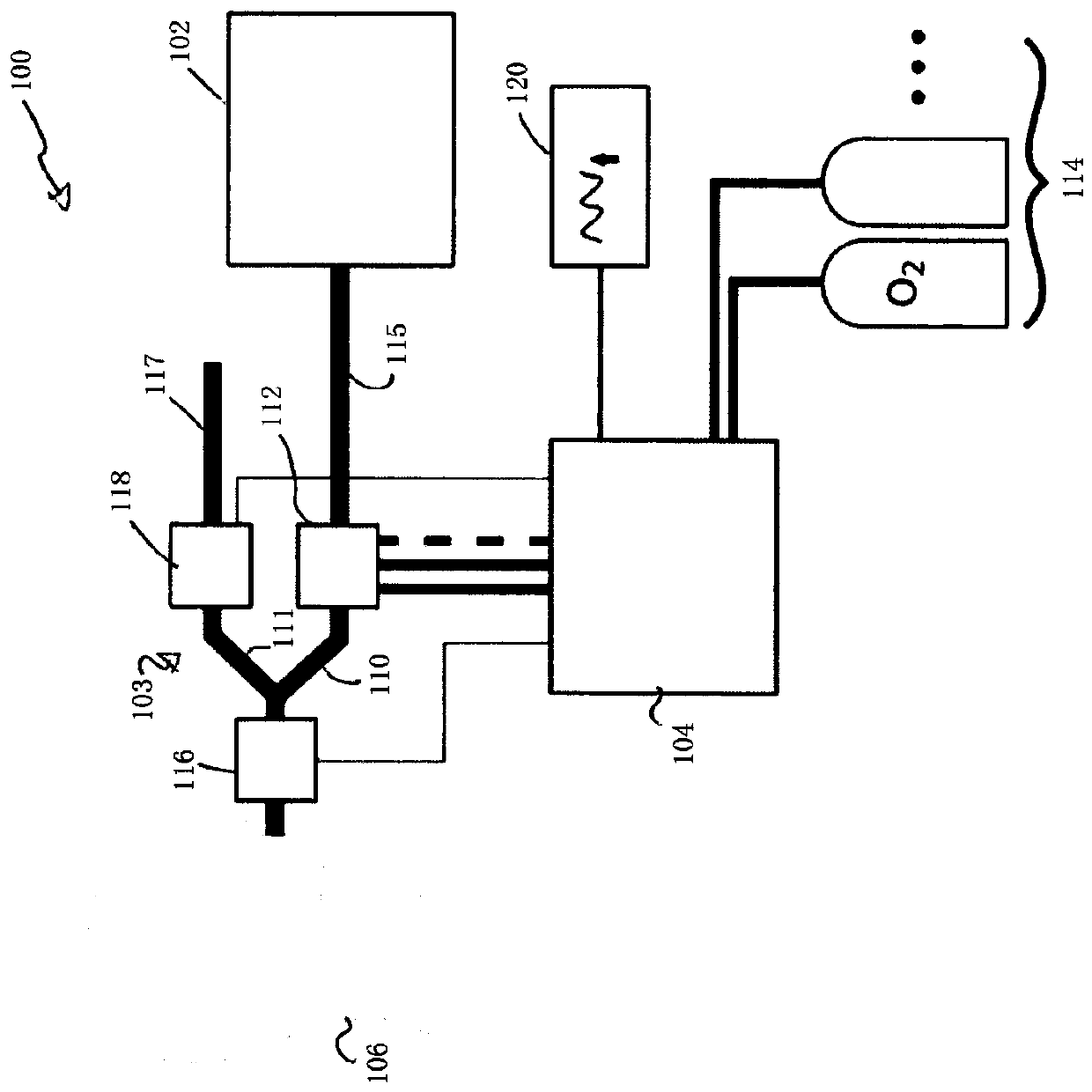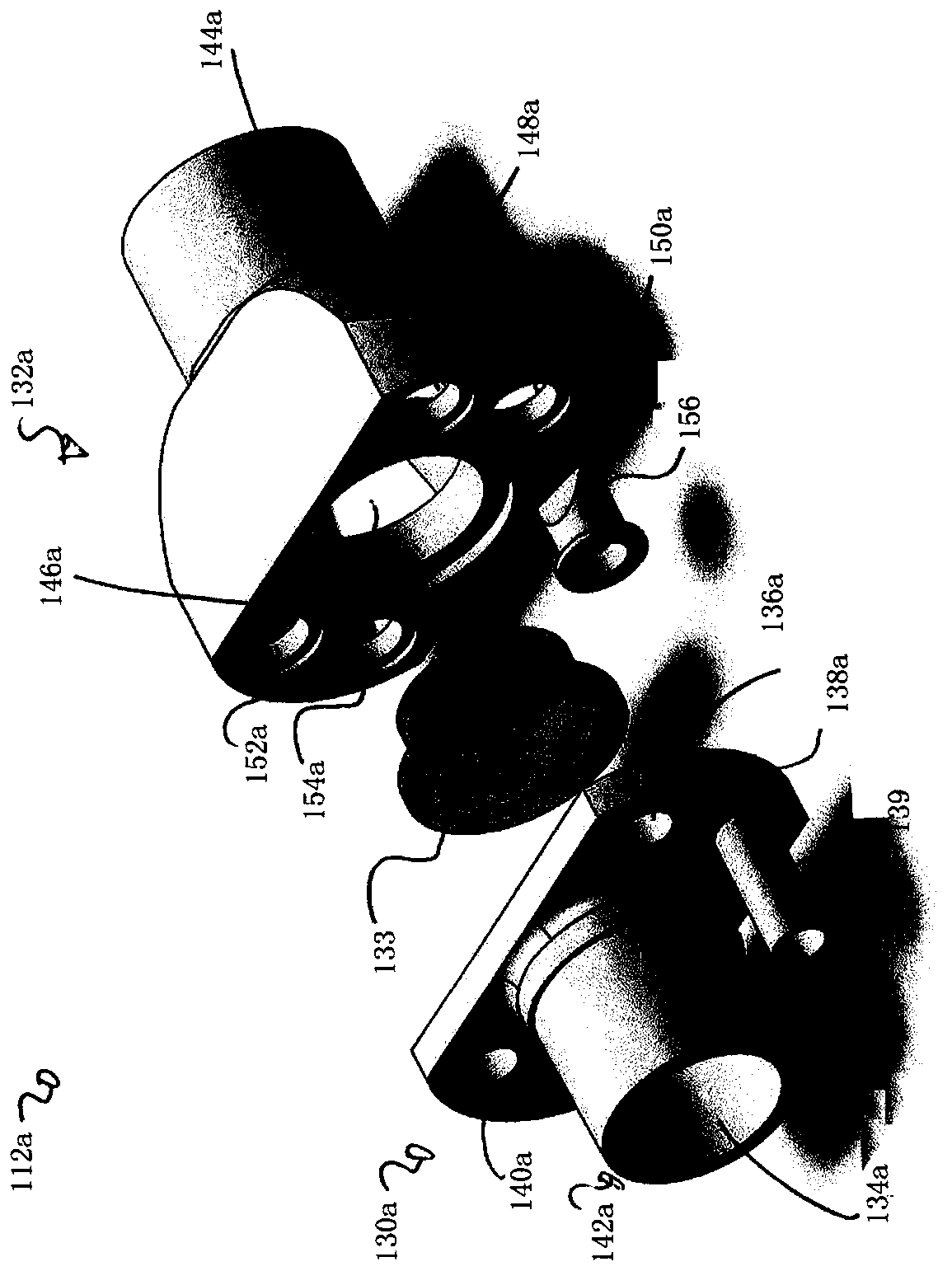Method and system for estimating the efficiency of the lungs of a patient
A patient-efficiency technology, applied in the field of respiratory care, can solve problems such as non-assessment and slow functional residual capacity
- Summary
- Abstract
- Description
- Claims
- Application Information
AI Technical Summary
Problems solved by technology
Method used
Image
Examples
Embodiment Construction
[0060] Aspects of the present disclosure generally address one or more of the problems related to current continuous gas delivery systems for properly assessing functional residual capacity (FRC), cardiac output (CO) and mixed venous gas content The number of iterations required and the titration of the volume (or flow) and concentration of the supplied gas should be adapted to the needs of each individual patient receiving respiratory care.
[0061]The present disclosure introduces a method and system for non-invasive measurement of lung performance. The disclosed system manipulates the gas in a ventilated patient, the volume and / or flow of gas, and the duration of gas delivery to determine certain characteristics indicative of overall ventilation efficiency. The measurements are based on variables determined from the intake and exhaust air. In one embodiment, the measurement principle relies on the differential Fick equation and allows rapid re-establishment of steady sta...
PUM
 Login to View More
Login to View More Abstract
Description
Claims
Application Information
 Login to View More
Login to View More - R&D
- Intellectual Property
- Life Sciences
- Materials
- Tech Scout
- Unparalleled Data Quality
- Higher Quality Content
- 60% Fewer Hallucinations
Browse by: Latest US Patents, China's latest patents, Technical Efficacy Thesaurus, Application Domain, Technology Topic, Popular Technical Reports.
© 2025 PatSnap. All rights reserved.Legal|Privacy policy|Modern Slavery Act Transparency Statement|Sitemap|About US| Contact US: help@patsnap.com



